We all know the classic scene in the Hollywood blockbuster, where the hero, usually on the brink of collapse, gives a last-ditch pep talk to save the day?
That crucial “sell” scene, where the hero manages to convince the ally, the enemy, or even the Universe itself, without sounding like a textbook on ‘How to Close Deals 101’?
The truth is, we are all “selling” every day – our ideas, our thoughts, our values – but does it always have to feel like a sales pitch?
Absolutely not!
Here’s how you can sell without making it look like a ‘sales’ activity – a key that could very well unlock a whole new level of success for you.
1. Build Relationships First.
We all know people buy from those they trust. So building that trust is essential. Foster genuine connections with prospective clients. Be their partner, advisor, and confidante before you propose solutions. Get to know their pain points and challenges. Understand their needs and expectations. Once you become a trusted advisor, the sales conversation will naturally follow. And remember, authenticity is key!
2. Educate, don’t Promote.
Nobody likes to be sold to, but everyone loves to learn something new. In a world where information is as essential as the air we breathe, your role should be to educate your prospects about how your products/services are uniquely positioned to help them rather than pushing them to buy. Make your customer feel informed and enlightened, and they’ll come to you when they’re ready to make a purchase.
3. Listen More, Talk Less.
This one’s an age-old truth but often ignored. The best way to find out what your customer needs is not by talking about your product but by listening to them. By actively listening, you can craft solutions that meet their needs and communicate how your product or service can help. You’ll be helping them buy instead of selling!
4. Be Patient and Persistent:
Rome wasn’t built in a day, and neither will your sale. Patience is key. Being too aggressive can put prospects off. Remember, sales is a process. Be persistent, keep providing value, and eventually, they’ll see you as the go-to person when they’re ready to buy.
In sales, where the landscape is as dynamic as it is challenging, let’s remember that at the end of the day, we are dealing with humans, not just leads or potential conversions. So strive to build those relationships, educate, listen, share stories, and be patient.
In doing so, we can truly sell without ‘selling’ – and isn’t that what we all aspire to do?
Customer Retention Strategies in Tech Sales
How many of you have heard the old adage, “It’s easier to keep a customer than to find a new one?” It’s especially true in the tech sales world where competition is fierce, and customer expectations are sky-high.
These are the tactics I’ve found work best to retain your clients for longer:
– Anticipate their needs (be proactive, not reactive)
– Onboard them properly (if their not set up the right way they won’t continue to use the technology)
– Provide exceptional customer service (this can even make up for other things you might be falling behind on)
– Know that every interaction matters (you don’t know what your customers will remember, good or bad)
– Continuous education (keep customers in the loop of how to use the technology and what’s new)
– Create a customer community (no one wants to leave a community they enjoy being a part of)
– Ask for feedback (whether you listen or not, they’ll appreciate it)
When customers feel valued and appreciated, they’ll stick around. And this is how to make that happen.
What Should Be In Your CRM?
The value of a CRM can’t be overstated.
But like any tool, its effectiveness lies in how we use it. So, what should be in your CRM to make it the powerhouse you need it to be?
To properly answer this question we need to understand sales performance is measured in ratios just like financial performance. All CRM systems are great at tracking opportunities. None of them automatically report on ratios so they need to be set up to give you this essential information. They don’t all have the capability to do that and the degree of difficulty in generating these reports can vary.
You probably can quickly determine where each person on your team is relative to their revenue goal. That is your first ratio. Can you also determine what percentage of their business is coming from net new customers versus existing? Can you track purchases from top tier clients as well as secondary and tertiary clients?
You probably also can tell how many deals each team member has closed. Does your CRM calculate their average deal size so you can make sure they are going after the right opportunities? If they are spending too much time on lower value deals and not have bigger opportunities in the pipeline, they may never make it.
Are you tracking proposals or quotes? If not, how can you determine what their close rate is? Does your CRM calculate it for you? It’s important to know how efficient we are in closing deals and see that ratio improve over time. If they are throwing out a lot of proposals that are not closing, you know where to help them.
Do you track first meetings on new opportunities? If not, how will they know how many first meetings they need to reach their goals? This is an important data point to keep them motivated to keep the activity at the required level.
Every interaction, every email, every call, should be meticulously logged into your CRM. It’s crucial to document every touchpoint with a lead or customer, creating a complete history of the relationship.
It should also include detailed lead and customer profiles. The more you know about the effectiveness of your lead sources, the better you can tailor your approach to keeping the pipeline consistently full. You want them to be doing more of what is working and less of what is not.
Your CRM should also serve as a central hub for all relevant documents. Quotation drafts, signed contracts, and sales proposals should all find a place in there, making sure you and your team have easy access whenever needed.
Let’s not forget about future opportunities. Your CRM should keep track of potential upsells, cross-sells, or renewals. Make sure you set reminders for key dates to ensure you never miss an opportunity.
Last but certainly not least, use your CRM to track performance. Analyzing win/loss data, pipeline stage progress, and deal velocity can provide valuable insights, helping you refine your sales process.
Remember, a CRM is more than a glorified address book.
It’s a comprehensive tool to manage your relationships, track your sales journey, and ultimately drive your sales growth. So use it wisely, keep it updated, and watch as it becomes your most powerful ally in sales!
What Makes Tech Sales Different to Most Industries
Why Tech Sales is Different to Most Industries.
Firstly, the pace. Technology is ever-evolving, always on the move. What’s hot today could be obsolete tomorrow. This constant change means we are continually learning, adapting, and innovating. We’re not just selling a static product but a dynamic solution that evolves with time.
Then, there’s the complexity. Tech products often solve intricate problems and are embedded with a level of detail that can make your head spin. This complexity requires us to go beyond the surface level, to truly understand the product, the problem, and the solution. The role of a tech salesperson is as much educator as it is a negotiator.
Furthermore, tech sales is all about relationships. Yes, I know relationships matter in all sales, but in tech sales, they are the bread and butter. We don’t have a one-and-done product; we’re offering ongoing solutions, support, and upgrades. This means building long-term relationships based on trust and delivering consistent value is at the heart of what we do.
Finally, the stakes in tech sales are often high. We’re not talking about a minor purchase that won’t make much difference if it goes wrong. Tech products often involve substantial financial commitments and can significantly impact a business’s operations. This means the pressure to get it right, to deliver on promises, is immense.
So, yes, tech sales is a different beast, but it’s a rewarding one. It challenges us to learn continuously, think critically, build strong relationships, and rise to the pressure. It’s what makes our jobs thrilling, gratifying, and truly unique.
Sales Management – How are You Using Your Time?
Have you ever looked at your calendar and wondered, “Where does all my time go?”
As sales managers, juggling the demands of our roles can often feel like performing a high-wire act.
From coaching our teams to analyzing data, to strategizing for the future – it’s a balancing act that requires careful attention and planning.
Coaching and training our team is a top priority. We know that our success hinges on the success of our team members. This is where we nurture potential, solve problems, and drive growth. But it’s essential to strike a balance between being a hands-on mentor and allowing your team members the freedom to develop their own skills and strategies. Use your time to provide guidance and insights, but also create space for your team to learn, experiment, and grow.
Then comes the numbers game – analyzing data. This can often feel like trying to find a needle in a haystack, but this is where the gold lies. Dive deep into your sales data to unearth patterns and trends, identify opportunities and roadblocks, and make informed decisions. However, don’t get so lost in the numbers that you lose sight of the bigger picture.
Then, there’s the future – planning and strategizing. The ever-evolving landscape of tech sales requires us to be forward-thinking, always ready for what’s next. Invest time in staying up-to-date with industry trends, exploring new technologies, and plotting out your strategic roadmap. But, don’t get so focused on the horizon that you overlook what’s happening in your team right now.
Balancing these core elements is what makes a successful sales manager.
It’s not about giving equal time to each but about finding the right mix that works for you and your team.
Our time is our most valuable asset. Let’s make sure we’re using it wisely.


